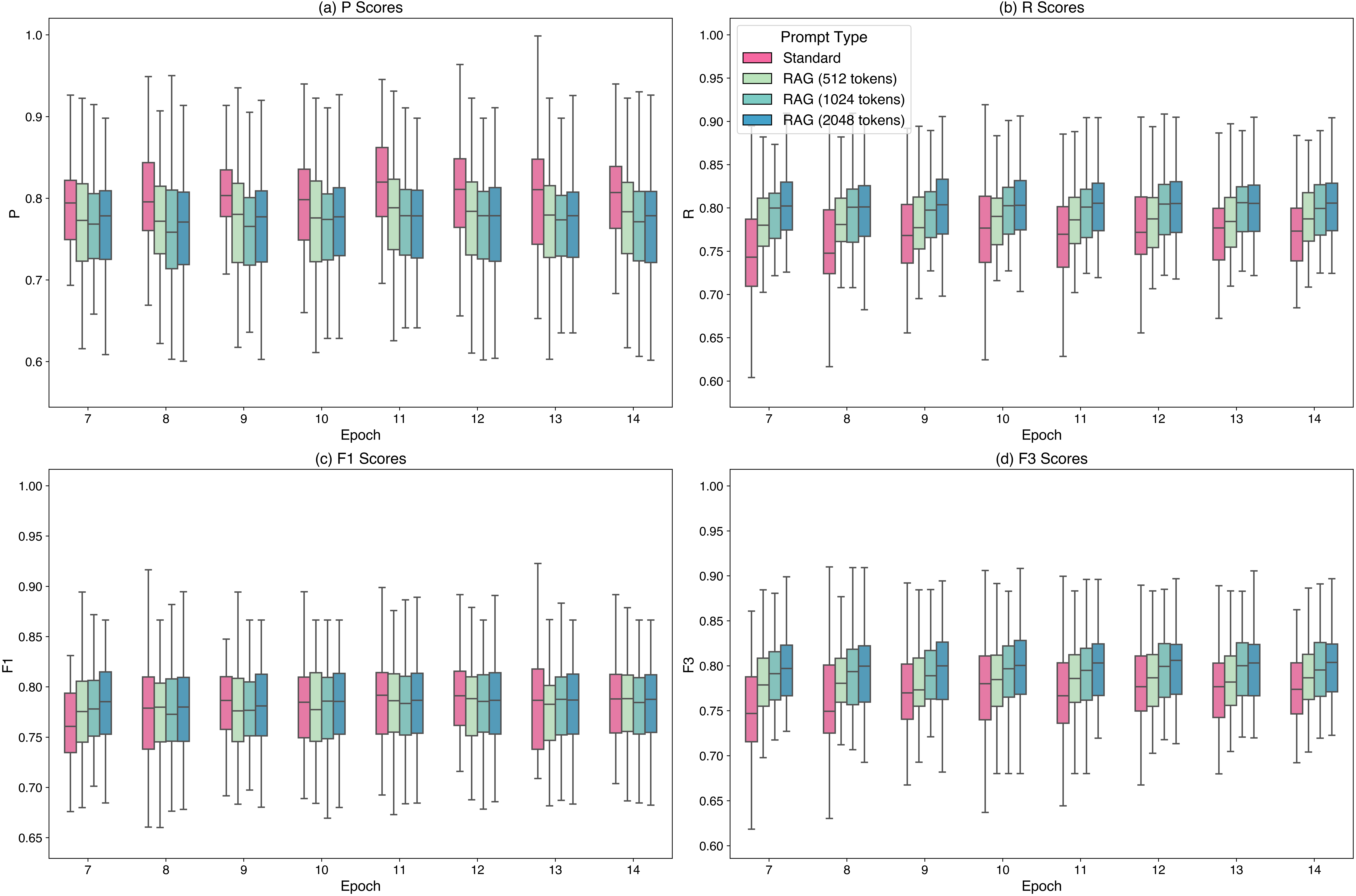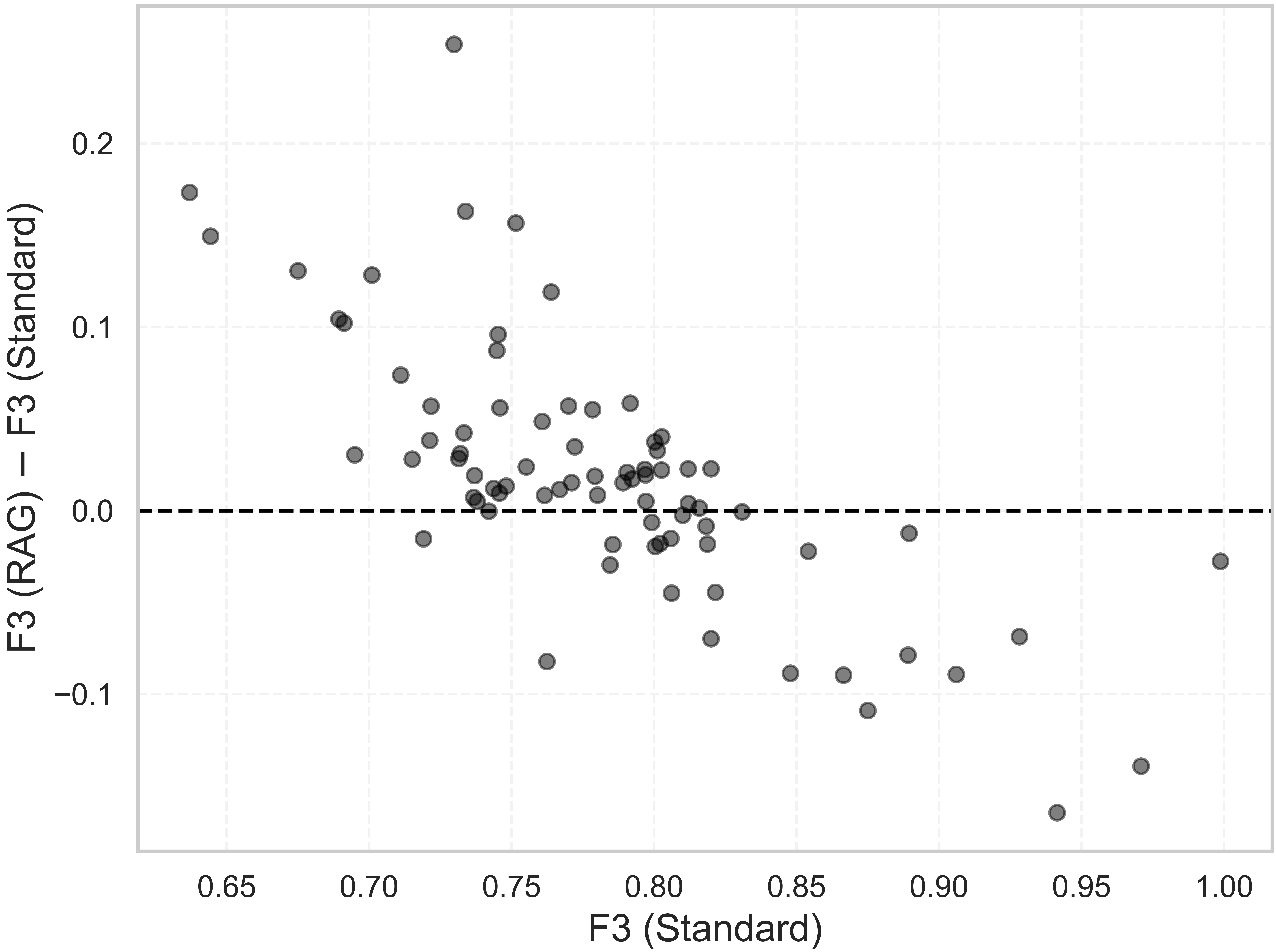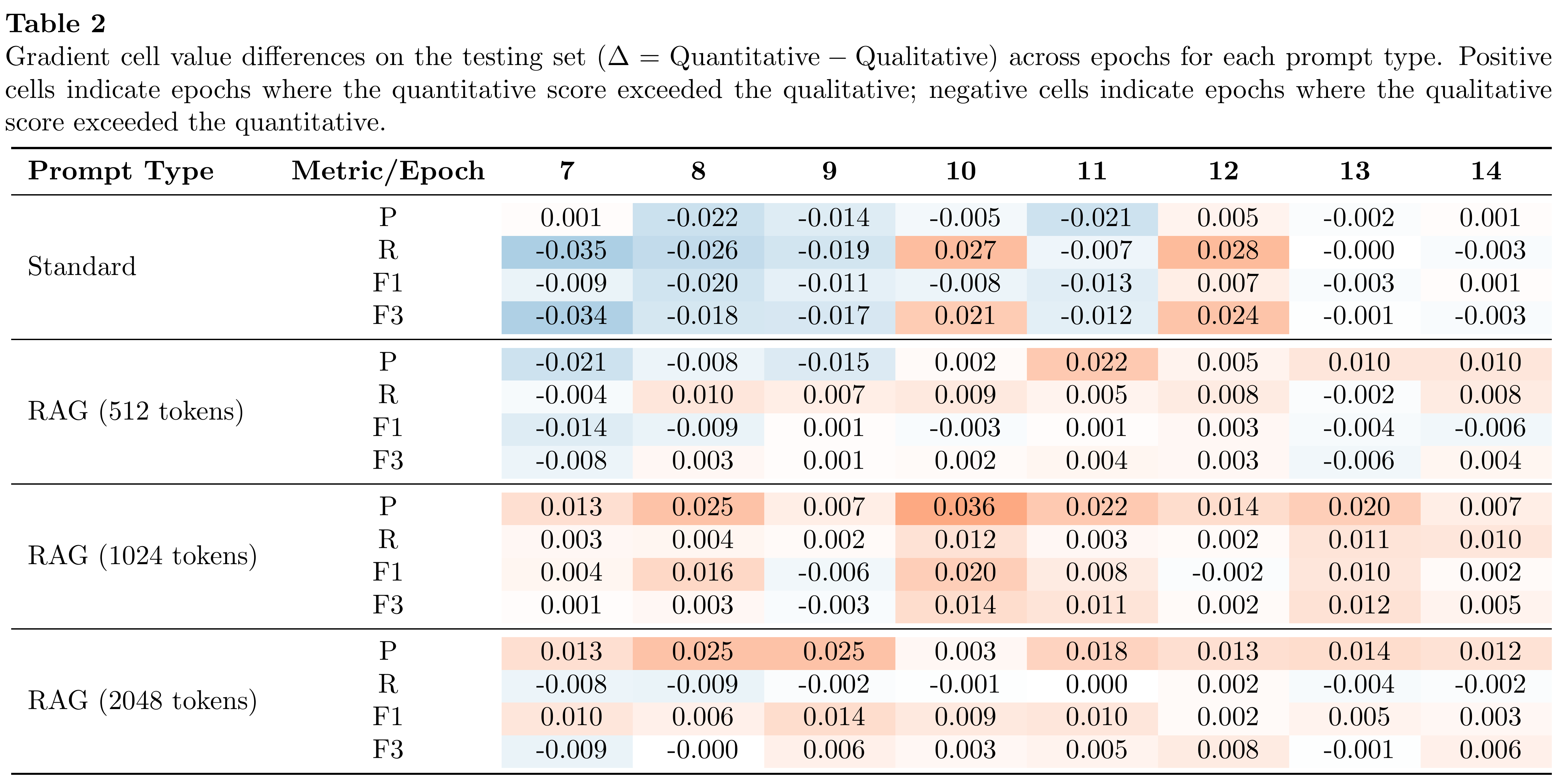Abstract
In the Architecture, Engineering, and Construction (AEC) industry, the interpretation and conversion of building rules into a computer-processable format for automated compliance checking systems are crucial for improving the design process. Yet, current systems and research on rule interpretation either demand extensive and timeconsuming expert-induced intervention, or rely on hard-coded pattern matching with limited applicability. To address these limitations, this paper introduces BuildThemis, a framework integrating a large language model fine-tuned on a real-world rule interpretation dataset with a Retrieval-Augmented Generation (RAG) mechanism. BuildThemis serves as a code-assistance tool that delivers structured draft scripts that experts can readily refine. The RAG technique grounds the fine-tuned LLM using an external code knowledge base, achieving a higher CodeBERTScore compared to non-RAG code generation approaches. Results demonstrate that the BuildThemis framework enhances the rule interpretation process by capturing latent concepts within rule-script pairs across various codes of practice and generating semantically similar scripts compared to the reference scripts. This approach to automating rule interpretation emphasizes generalization and reusability of rules, enabling the efficient conversion of textual regulatory documents into computable formats.
Fine-tuning Mistral 7B Instruct Model
describe...
Effect of RAG on low F3 scores
This figure highlights the increase in F3 score achieved with the RAG prompt compared to the standard prompt at the 10th epoch, showing that the additional context in the RAG prompt significantly improves F3 scores, particularly for generated scripts with initially low F3 scores.





